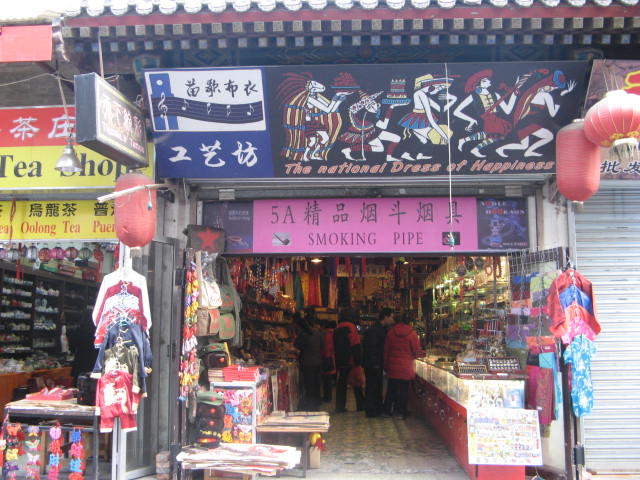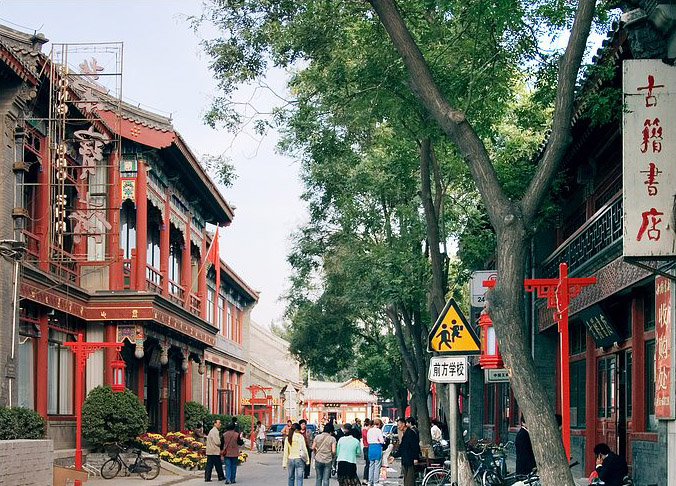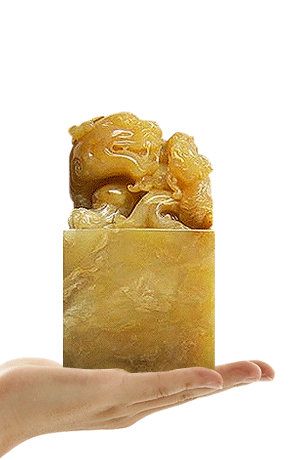The Hutong, an old-style city alley or lane, is one of the most distinctive features and must-see attractions in Beijing. There are thousands of hutongs in the city, many of which were built during the Yuan (1206-1368), Ming (1368-1644) and Qing (1644-1911) dynasties. We list the most famous hutongs that all travelers to the capital city shouldn't miss in order to get a better experience of the unique culture of ancient Beijing.
1. Nanluoguxiang
Between Di'anmendong Avenue and Gulou Avenue, this north-south street is located in the northern part of the Dongcheng District. Next to the Forbidden City and Houhai, Nanluoguxiang is the most famous and popular hutong in Beijing.
The hutong, first built in the Yuan Dynasty (1206-1368), has a history of more than 700 years. It extends over 1000 meters and boasts different kinds of courtyard houses (Si he yuan) and shops, selling unique and elaborate knickknacks. There are also many restaurants, cafes and bars around the hutong, attracting thousands of visitors and locals everyday.

2. Yandaixie Street
Yandaixie Street, literally meaning "Skewed Tobacco Pouch Street", is located in the north of Xicheng District. About 300 meters long, the street starts from Di'anmen Avenue in the east and ends at Shichahai Lake in the west.
The street originally got its name due to its shape, which resembles a huge tobacco pouch. During the Qing Dynasty (1644-1911), many tobacco stores opened there. Today, visitors wandering along the street still can find many stores selling tobacco pouches, antiques and all kinds of souvenirs.

3. Liulichang Street
As a famous cultural relics street, Liulichang is located in the south of Xicheng District. It is one of the largest antique markets in China and a great place to go for the traditional "four treasures of the study": calligraphy brushes, ink, paper and ink stones.
In the Qing Dynasty (1644-1911), many businessmen and vendors began to sell curios and old books there. Over the years, it was gradually replaced by a bazaar of calligraphy, painting, artifacts and so on. The China Bookstore, Rongbaozhai, Laixunge, and Yidege are the most famous antique stores in Liulichang.

4. Guozijian Street
Starting from Yonghegong Avenue in the east to Andingmennei Avenue in the west, Guozijian Street is located in the northwest of Dongcheng District. It is the only hutong in Beijing to feature ancient archways.
The street gets its name from the Guozijian House, which is the home of the Imperial College during the Yuan (1206–1368), Ming (1368-1644) and Qing (1644-1911) dynasties. Now, visitors still can find many interesting antique stores, tea houses and traditional shops on the street. And because the street lies next to the Lama Temple, the perfumed scent of burning incense fills the air, making the street seem both classical and mysterious.


 goback
goback
